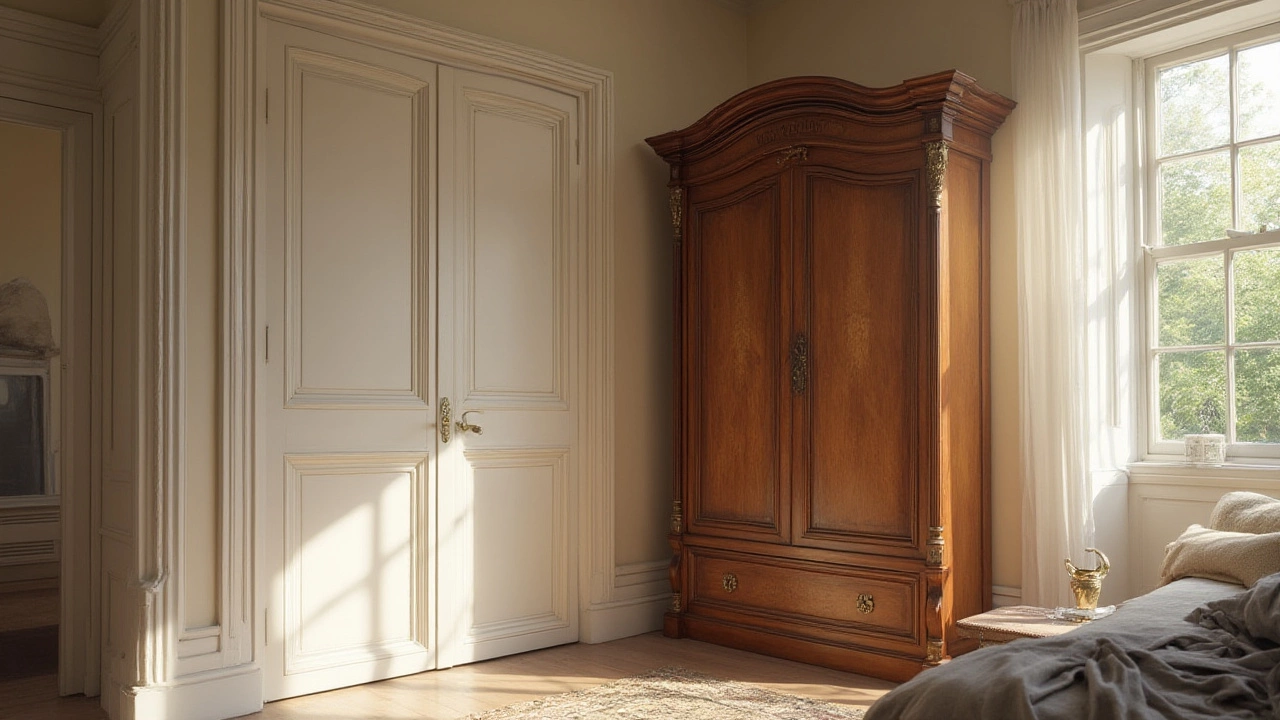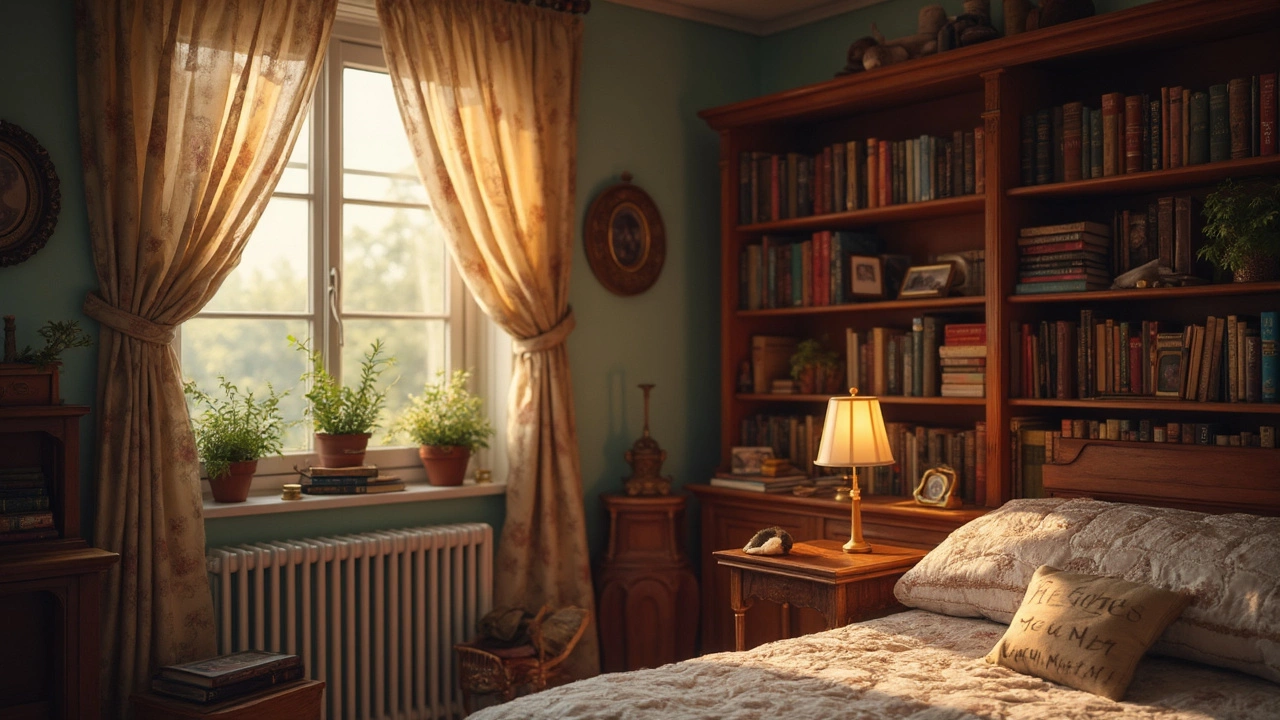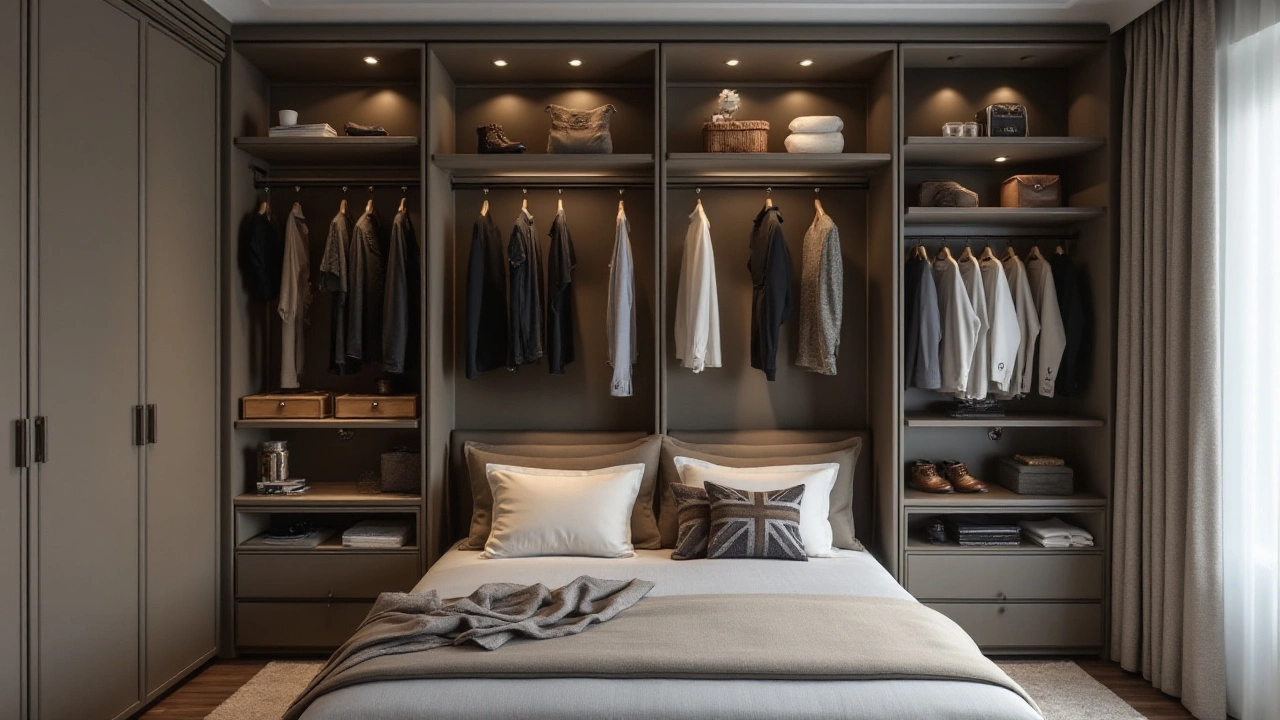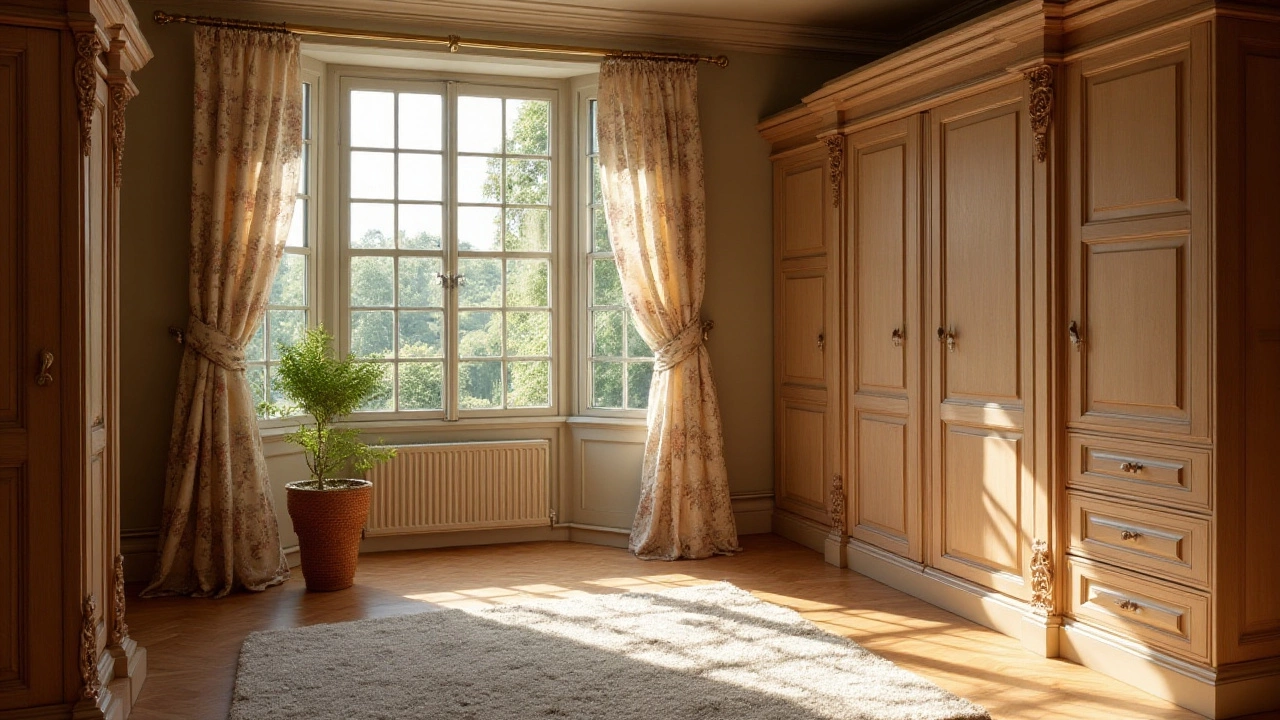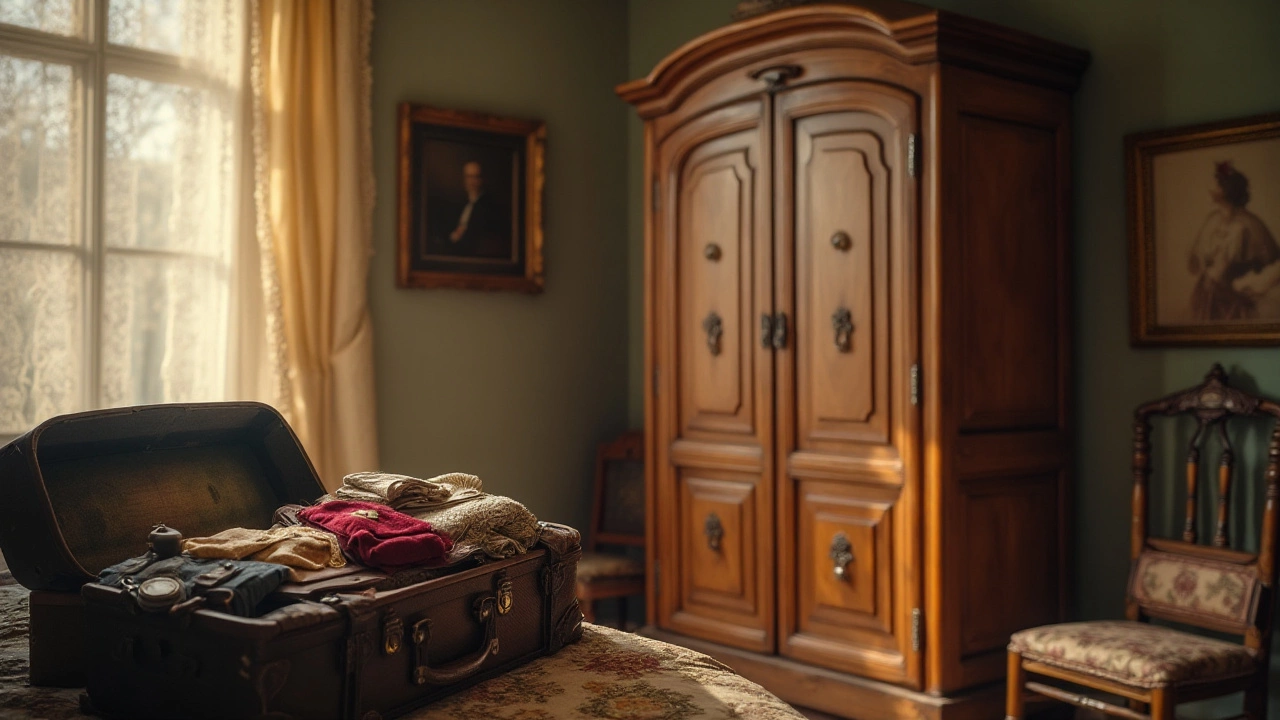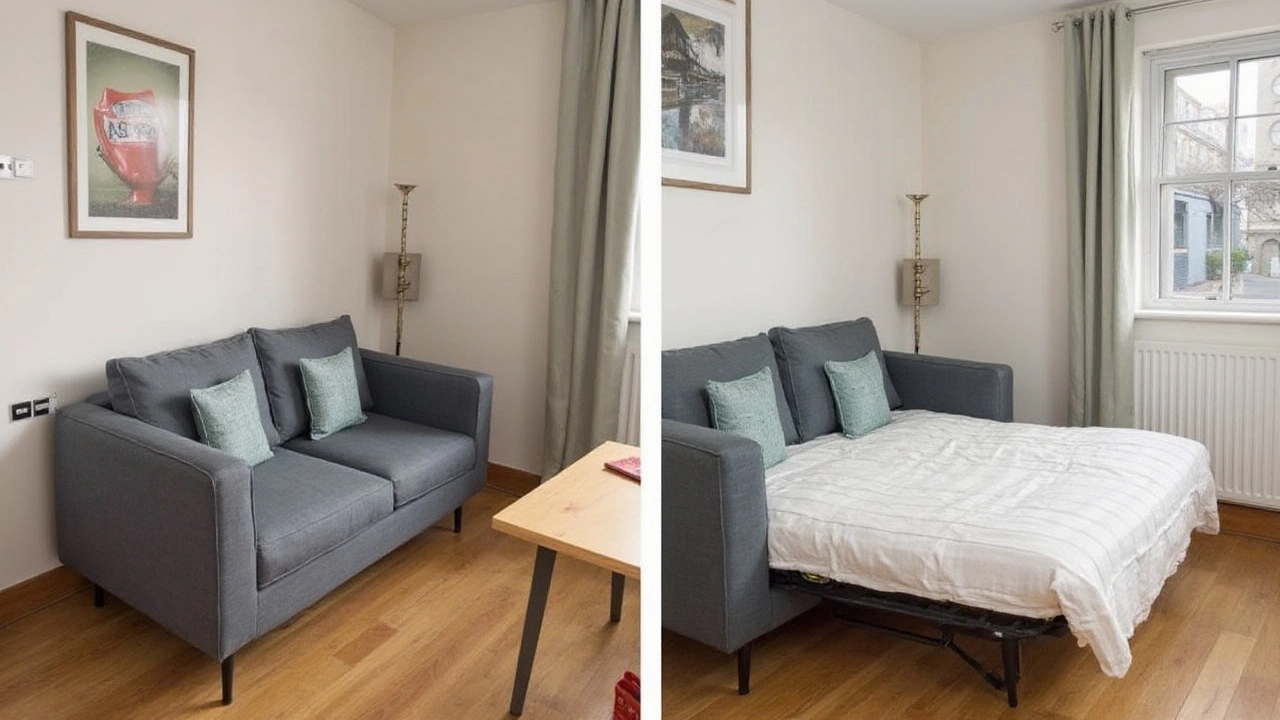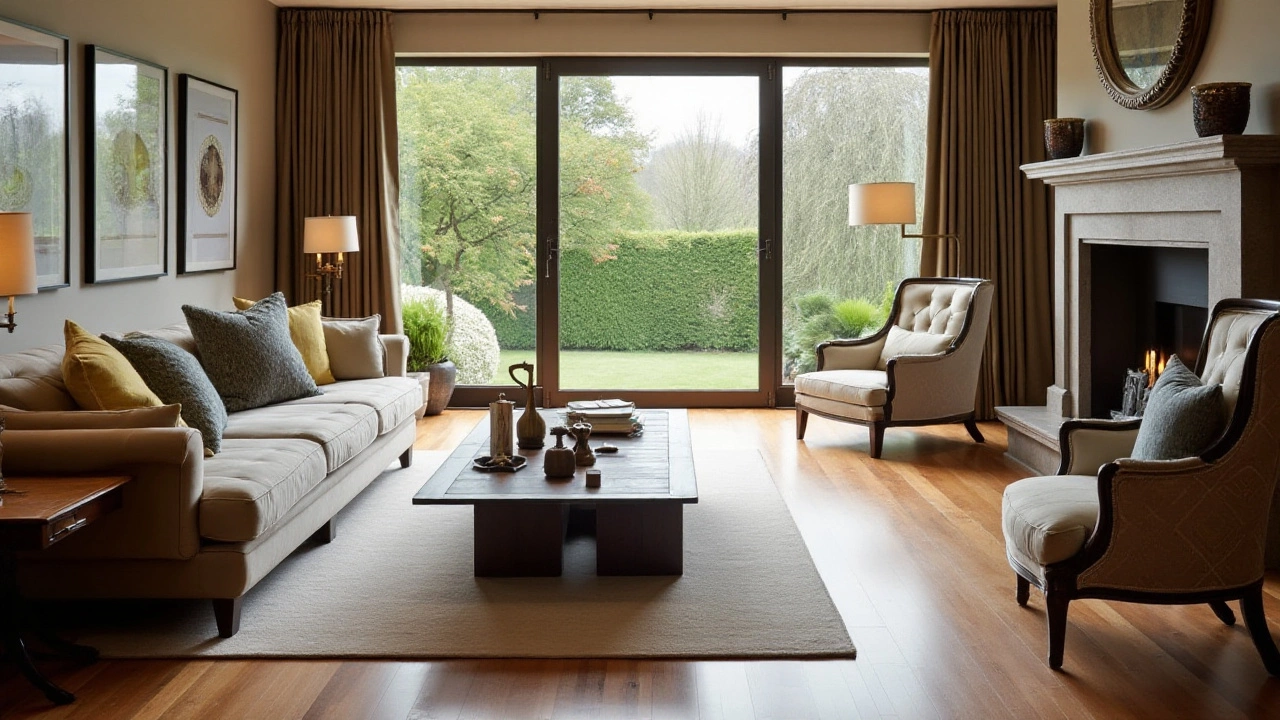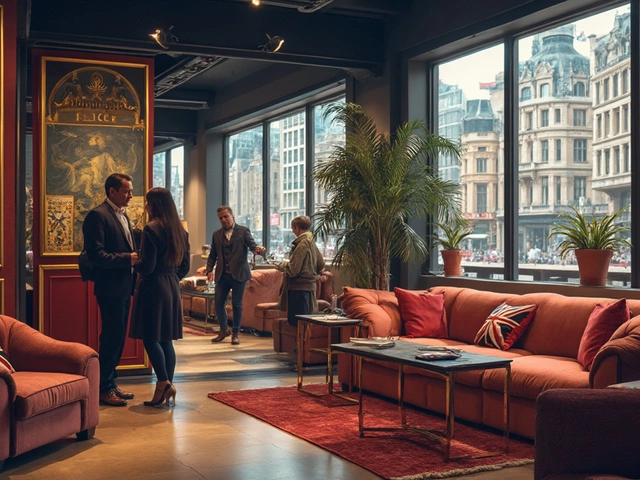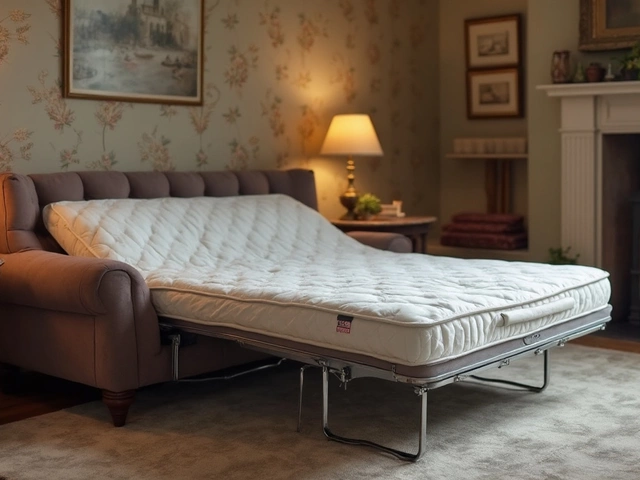Furniture Tips, Trends & Guides for Every Home
Whether you’re hunting for a new sofa, stashing a bookshelf in the garage, or figuring out why your couch smells musty, the right advice makes a huge difference. Below you’ll find quick, down‑to‑earth ideas that cut through the fluff and help you get the most out of any piece of furniture.
Smart Furniture Storage & Protection
Storing furniture in an unheated garage? Not the best move for wood. Cold and humidity can warp legs, warp frames, and even invite mold. Keep items off the concrete floor, wrap them in breathable covers, and use a dehumidifier if you can. If you’re using a storage unit, aim for climate‑controlled space; it dramatically slows warping and moisture damage.
Got a couch you need to keep for a while? Mold loves damp, dark spots. Before you tuck it away, clean all cushions with a mild solution, let them dry completely, and store them in a vented bag. Adding silica packets or a small moisture absorber can keep the air dry enough to stop mildew from taking hold.
When it comes to cheap or budget sofas, remember they’re often made of lower‑grade wood and fabric. Expect a shorter life span, but you can extend it with regular vacuuming, spot‑cleaning, and rotating cushions. For higher‑end pieces, a simple oil or wax coat every few months helps protect the finish from drying out.
Choosing & Maintaining the Right Pieces
Color matters more than you think. Warm whites and greige are safe bets for resale value, while a bold front‑door paint (think deep navy) adds curb appeal. For sofas, the most popular shade in 2025 is a soft, neutral gray – it hides spills and pairs well with almost any décor.
If you’re debating a TV wall mount versus a stand, consider room layout, budget, and safety. Wall mounts free up floor space and give a sleek look, but you need a sturdy wall and the right VESA pattern. Stands are easier to install and move, plus they can double as storage for consoles or games.
Outdoor furniture has a reputation for being fragile, but materials like powder‑coated aluminum or teak can survive rain, sun, and wind for years. Look for pieces with hidden fasteners and replaceable cushions to keep the set looking fresh.
Thinking about buying a sofa for $2,000? Ask yourself what you’re really paying for – solid hardwood frame, high‑density foam, reputable brand, or just a name. If the construction feels solid and the cushions bounce back after a press, you’re likely getting value. Otherwise, a well‑made budget sofa can last just as long with proper care.
Lastly, don’t forget the little details. A coffee table’s height (12 inches is low, 18 inches is typical) affects leg‑room and sightlines. Bookshelves vary wildly in price because of material and finish; solid wood costs more but lasts decades, while MDF is affordable but less durable.
Use these quick pointers as a starting point, then dive into our detailed articles for deeper guidance on each topic. From mold‑proofing storage tricks to the best sofa colors for resale, we’ve got the practical info you need to make smart furniture choices.
